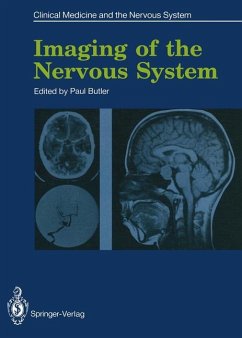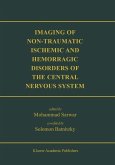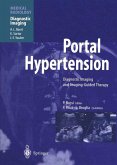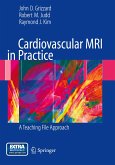Traditionally, investigation of the nervous system has been primarily a clinical matter. The great era of clinical assessment of patients with neurological disease in the first half of the century was determined by the necessity both to understand the phenomena of neurological disease in relation to structure and function and to localise lesions, in order to facilitate the twin processes of diagnosis and management. Over the years diverse techniques have been applied to clinical practice in order to improve the accuracy of diagnosis. These have comprised extensions of clinical method, for example clinical neuropsychology, electro encephalography, radiography of the skull and spine, angiography and other contrast procedures, including the now abandoned technique of air encephalography, and myel ography, perhaps itself soon to be little used. Isotope studies of the brain have possibly not realised their full potential in clinical neurology. All these different investigations found an integrated place in clinical management, enhancing the classical clinical database and its associated information, derived from biochemical, immunological and haematological studies. The advent of computerised tomographic X-ray scanning changed all this. The quality of the images derived from CT scanning was so much superior to that obtainable by conventional X-ray methods, and the method was so non-invasive in its conception, that clinical practice in both medical and surgical neurology changed profoundly.








